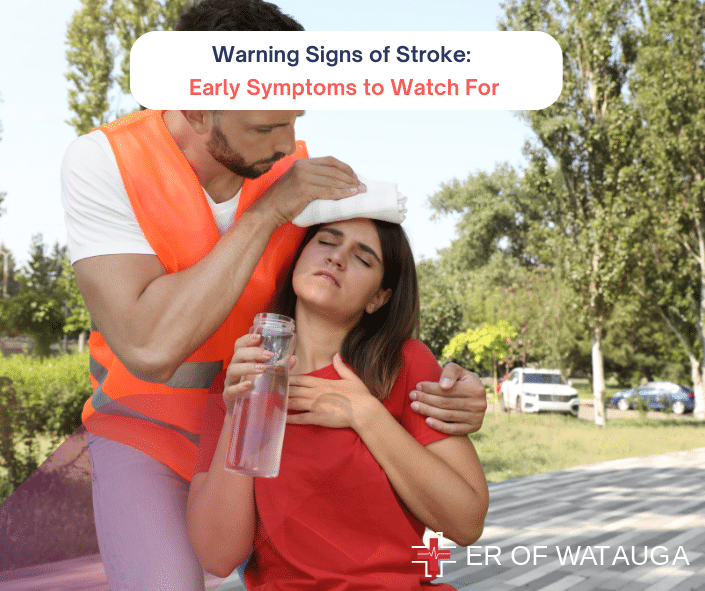Burns are common injuries that can occur in various situations, ranging from accidents in the kitchen to encounters with hot surfaces or chemicals. Knowing how to provide immediate first aid for burns before reaching the emergency room is crucial to minimize damage, alleviate pain, and promote healing. In this article, we will guide you through the steps of effectively performing first aid for burns, empowering you to take immediate action and provide the necessary care.
Understanding Different Types of Burns
Before delving into the specifics of first aid, it’s important to understand the different types of burns:
Assessing Burn Severity
To provide appropriate first aid, it’s crucial to assess the severity of the burn. Burns are generally categorized into three degrees:
Safety Precautions
Before providing first aid for burns, ensure your own safety and take the necessary precautions:
Step-by-Step First Aid for Burns
Evaluating the Situation
- Assess the situation and determine if the burn requires immediate medical attention. If the burn is extensive, covers a large area of the body, or involves the face, hands, feet, or genitals, seek emergency medical care.
Removing the Source of Heat
- If the burn resulted from contact with a hot object or surface, remove the person from the vicinity of the heat source to prevent further injury.
Cooling the Burn
- Run cool (not cold) water over the burn for about 10 to 20 minutes. Alternatively, use a clean, damp cloth to cool the affected area.
Protecting the Burn
- Cover the burn loosely with a sterile, non-stick dressing or a clean cloth.
Managing Pain
- Over-the-counter pain relievers like acetaminophen or ibuprofen can help alleviate pain. Follow the instructions and dosage recommendations.
Seeking Medical Attention
- Depending on the severity of the burn, it may be necessary to seek medical attention. Factors that may indicate the need for professional care include the size of the burn, its location, or signs of infection.
Conclusion
Knowing how to perform first aid for burns before going to the emergency room is essential in providing immediate care and support. By acting swiftly, removing the source of heat, cooling the burn, protecting it with a sterile dressing, managing pain, and seeking medical attention when necessary, you can effectively address burn injuries. Remember, always prioritize safety and consult a healthcare professional for proper evaluation and treatment.
FAQs (Frequently Asked Questions)
Can I use ice to cool a burn?
No, using ice directly on a burn can cause further damage. Instead, use cool (not cold) water or a damp cloth to cool the burn.
Should I pop blisters that form after a burn?
No, it’s important not to pop blisters, as they act as natural barriers against infection. Let them heal on their own.
When should I seek medical attention for a burn?
You should seek medical attention if the burn is large, covers sensitive areas, shows signs of infection, or is a third-degree burn.
Can I apply ointments or butter on a burn?
No, avoid using home remedies like ointments or butter, as they can trap heat and worsen the burn. Use a sterile dressing instead.
Is it normal for burns to be painless?
In the case of third-degree burns, the nerve endings may be damaged, resulting in a lack of pain. Seek medical attention immediately for such burns.
Is it safe to apply butter or oil on a burn?
No, it is not recommended to apply butter, oil, or any greasy substances on a burn. These substances can trap heat and potentially lead to infection. It is best to use cool running water or a sterile dressing for relief.
Can I use adhesive bandages directly on a burn?
It is not advisable to use adhesive bandages directly on a burn, as they can stick to the wound and cause further damage when removed. Instead, use a non-stick dressing or a clean cloth to cover the burn.
How long does it take for a burn to heal?
The healing time for burns depends on the severity. Superficial burns (first-degree) typically heal within a week or two. Second-degree burns may take a few weeks to several months. Third-degree burns require medical attention and may need skin grafting for proper healing.
Should I pop a burn blister?
No, it is best not to pop a burn blister. Blisters act as a natural protection for the underlying skin and can help prevent infection. Let the blister heal on its own, and if it ruptures, clean it gently and apply a sterile dressing.
Can I apply toothpaste or other home remedies on a burn?
It is not recommended to apply toothpaste, honey, or other home remedies on a burn. These substances can irritate the skin and delay the healing process. Stick to using cool water and seek medical advice if necessary.
Remember, providing appropriate first aid for burns is crucial, but it is always recommended to consult with a healthcare professional for proper evaluation and treatment, especially for severe or extensive burns.





